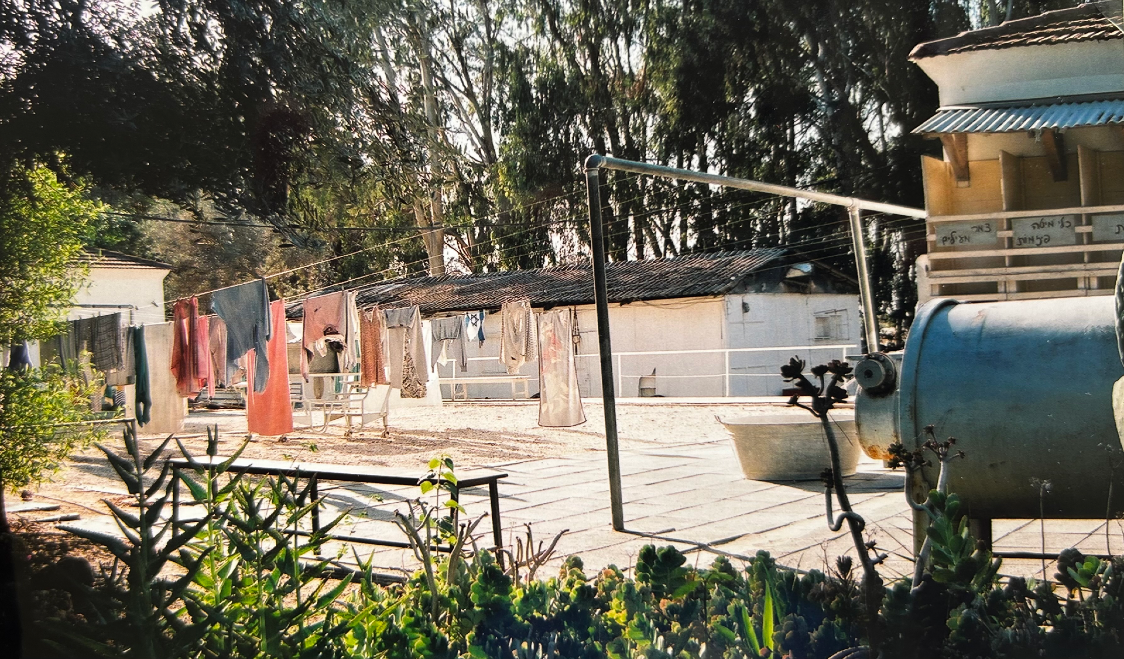Lisl Bogart was 13 years old in 1939 when the Nazis stormed Prague, Czechoslovakia. All travel was outlawed. Her family was trapped in their own hometown.
Three years later, Lisl, her parents and brother, and other Czech Jews were herded into transports bound for Theresienstadt concentration camp. There, she worked 14-hour days building railroad tracks and farming. On some of those days, she and others were given a single piece of bread.
A year later, Lisl and her family were being loaded into a cattle car headed for Auschwitz. But at the last second, she was bumped from the train:
“I was kicked off the ramp while getting into the cattle car. I don’t know why. Perhaps it was either fate, luck, or God’s will. I never saw anyone in my family again.”
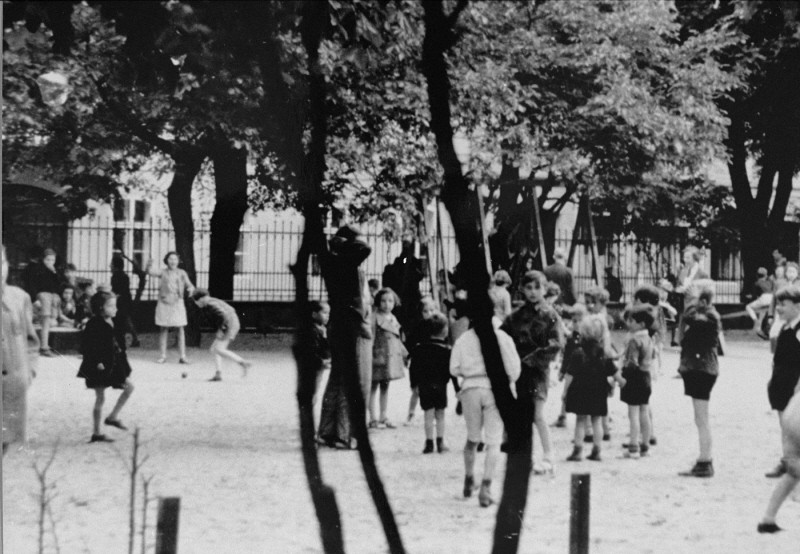
Lisl spent the next three years in forced labor at Theresienstadt. Like many of the so-called “labor camps,” it was a growing necropolis. A deadly lie. But Theresienstadt was engaged in a uniquely evil deceit: It pretended to be a model village in order to fool the Red Cross when it inspected the camp in 1944. The Nazis set up phony storefronts, bakeries, and medical facilities. They even printed fake money to sell the charade.
In 1945, Lisl nearly died from Typhoid, and she was literally unconscious when the Russians arrived to liberate the camp. She eventually made it to America, the only survivor out of 43 extended family members.
Alice “Lisl” Bogart died last week at the age of 96. She had been married to her husband Henry for 71 years, and they had 10 great grandchildren. Lisl was one of the founding members of the Illinois Holocaust Memorial Museum and Education Center. For decades, she gave talks at schools, synagogues and churches. The longer she lived, the more people she educated.
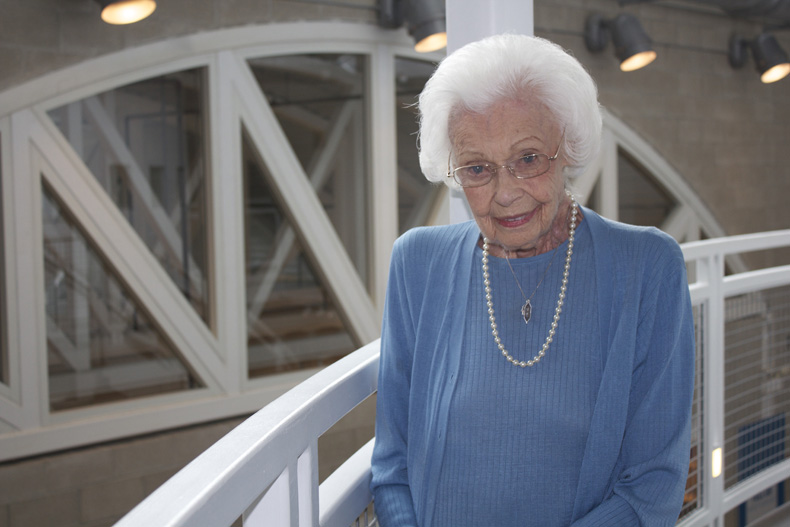
As I was reading about Lisl’s passing last week and the horrors she had endured during the Holocaust, it made parts of my body feel sick. This always happens to me when it comes to this subject. But there was something about that fake town that the murderers set up in Theresienstadt that stuck in my mind. So much lying and comprehensive fraud, just to enslave and kill more innocent people.
But then I remembered a different story of trickery and deception — and guts and bravery — that is positively beautiful. In fact, it played an important role in the establishment of the modern State of Israel. And the reason I remembered it is because I’ve stood in the place where it all happened.
On a little hilltop near Rehovot, about 20 miles south of Tel Aviv, there is what looks to be a former laundry. And it was, six decades ago. Right next to it was a bakery. Seemingly normal enough places of business. But these entities were also a brilliant cover for an operation that would eventually become part of one of the world’s most powerful militaries.
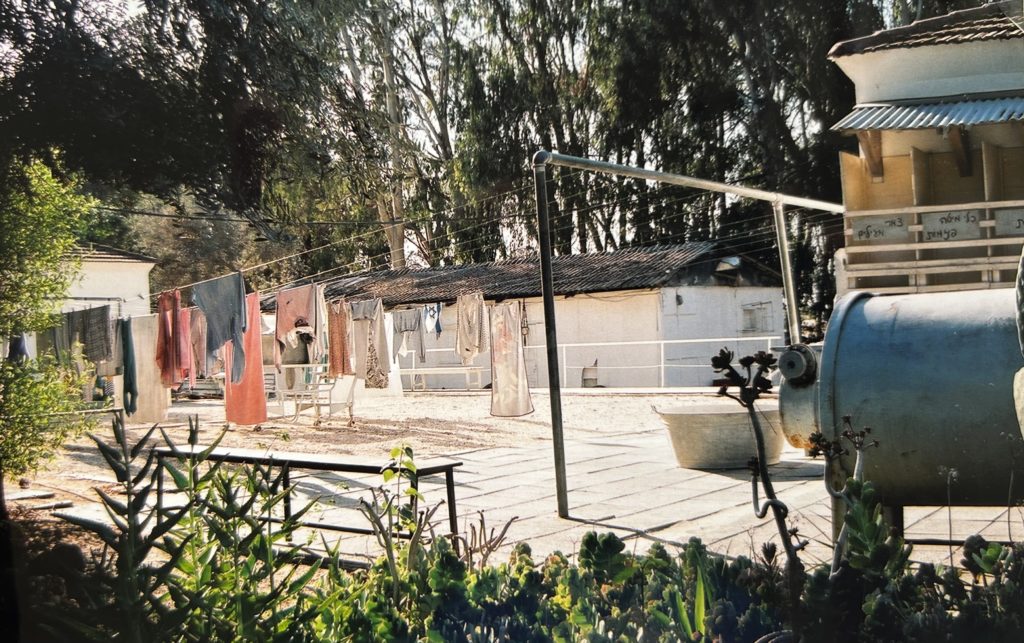
Just below two trap doors on the floors of the laundry and bakery were flights of stairs that led to an underground ammunition factory built by the Jews. In this subterranean bunker, they were pumping out 40,000 bullets a day. Jews would soon use these copper cartridges to win their War of Independence.
The year was 1948, and the Jews were still living under British Mandate. If they’d been caught with weapons or ammunition, the consequences would be dire. So a senior commander of the Haganah (the Jewish paramilitary unit), Yosef Avidar, led a team that dug 25 feet below ground where they set up the operation in less than a month. Arguably more daring — or clever — the Jews built the facility right next to a British military camp!
The bakery and laundromat were part of a larger ruse: A kibbutz that also included a dining hall, chicken coop, children’s house and garden area. Due to the raucous sound of the bullet production, the laundry had to pretty much operate 24 hours a day in order to drown out the noise.
About four dozen young Jews worked in the factory. Nineteen-year-old Yehudit Adler was one of them. Nearly 70 years after the War of Independence, Yehudit described what it felt like at the time:
“It was not frightening. It’s very difficult for me to reconstruct the feeling because we were so dedicated and we wanted it to succeed. And we knew the dangers, of course. One little lapse and the British would hang us.”
After the war was won, Yehudit changed her last name to Ayalon, which was the name of the Institute that the Israelis established above and inside the historical landmark where she’d worked. Visitors can still walk down the staircase from the trap door of the laundry and see the actual machines that were being used from 1946-1948.
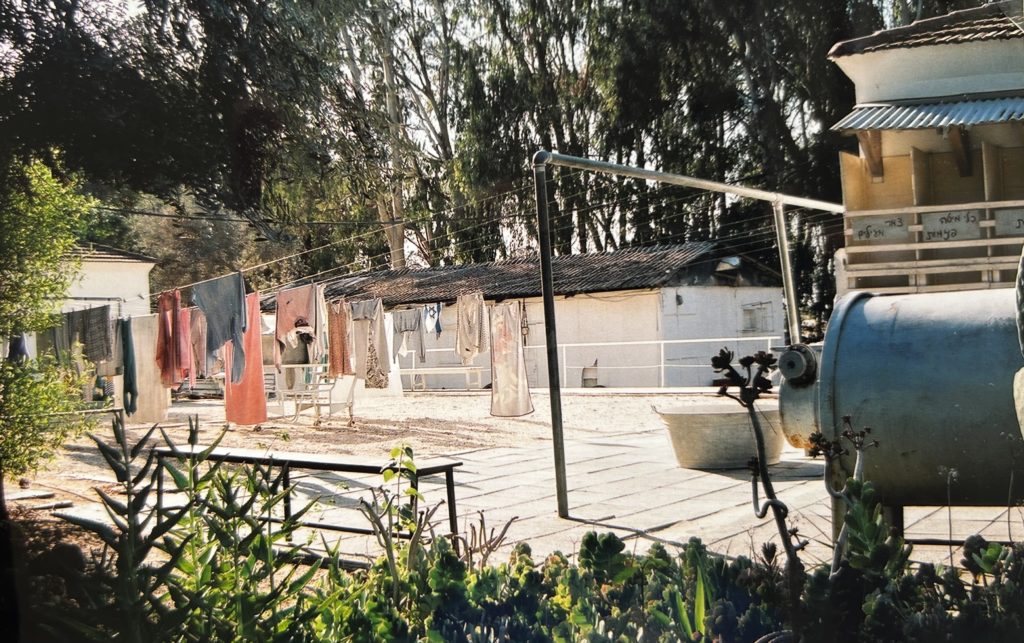
The history of the Jewish People is littered with threats to our mortal existence. Be it persecution under the Romans, the Spanish Inquisition, the “Final Solution,” our War of Independence — and all of the military conflicts that followed — the challenges never seem to cease for long.
Yet throughout this unremitting progression of excruciating struggles Jews have faced — there have also been exhilarating triumphs. Out of the ineffable ashes of World War II rose a new nation that would leave no doubt as to whether it would ever be able to forcefully defend itself again.
Today, 75 five years later after that War of Independence, Israel is about to celebrate its diamond anniversary as an independent state. In that relative flash-frame of time, Israel has evolved into a dynamic nation that offers so many modern attractions to people of every age, nationality and background.
Perhaps it is beshert, but earlier this year I was asked to coauthor a book with a true visionary, an Israeli named Joanna Landau. Our new book, Ethical Tribing, lays out a game plan for how to engage and connect the Next Generation to Israel. This is our charge now: to turn the tables on the trend that is seeing young people becoming less and less connected to Israel.
Ethical Tribing is very much focused on the future, for that is what’s at stake for those of us who care so deeply about this country.
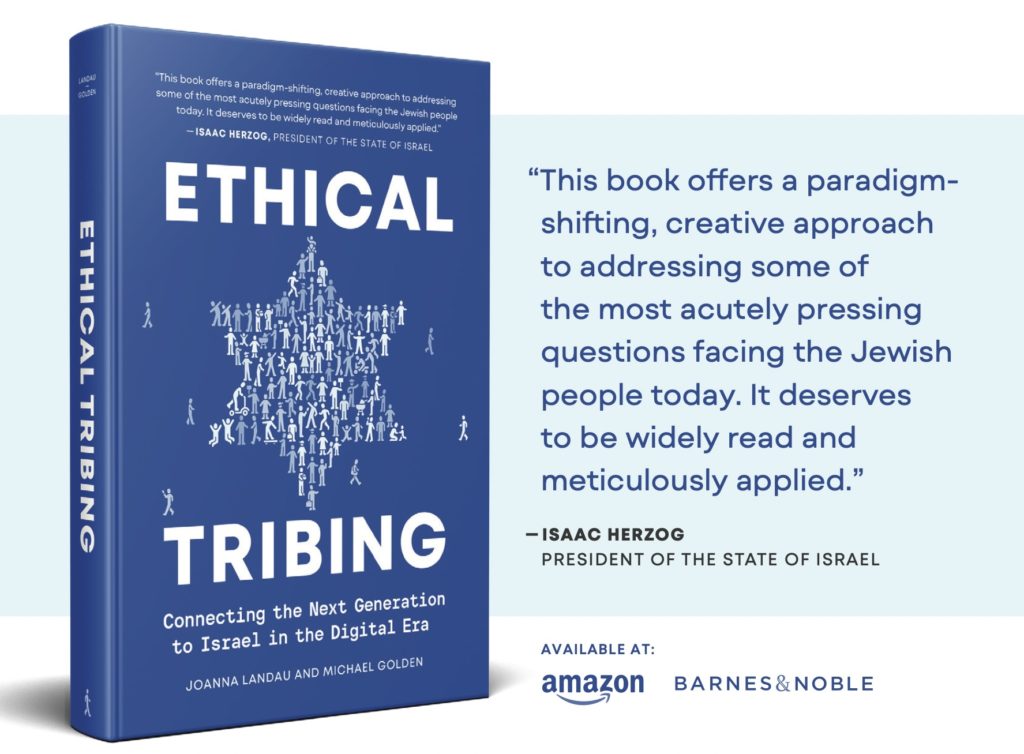
At the same time, it is often the past that powers us forward. History matters. The diametrically opposite stories of Ayalon and Theresienstadt only put more fuel into my tank. They are reminders of the very definitions of courage and cowardice. Of the virtuous winning out over the villainous.
The heroes of Ayalon are emblematic of a remarkably resilient people overcoming grave injustice — again and again — in order to chart their own future.
From generation to generation, new challenges await new heroes. We want to see a movement of new heroes that will use the Ethical Tribing strategy to attract and activate members of the Next Generation. They are the future. And it is they who will have the power to reclaim global appeal and appreciation for Israel.


